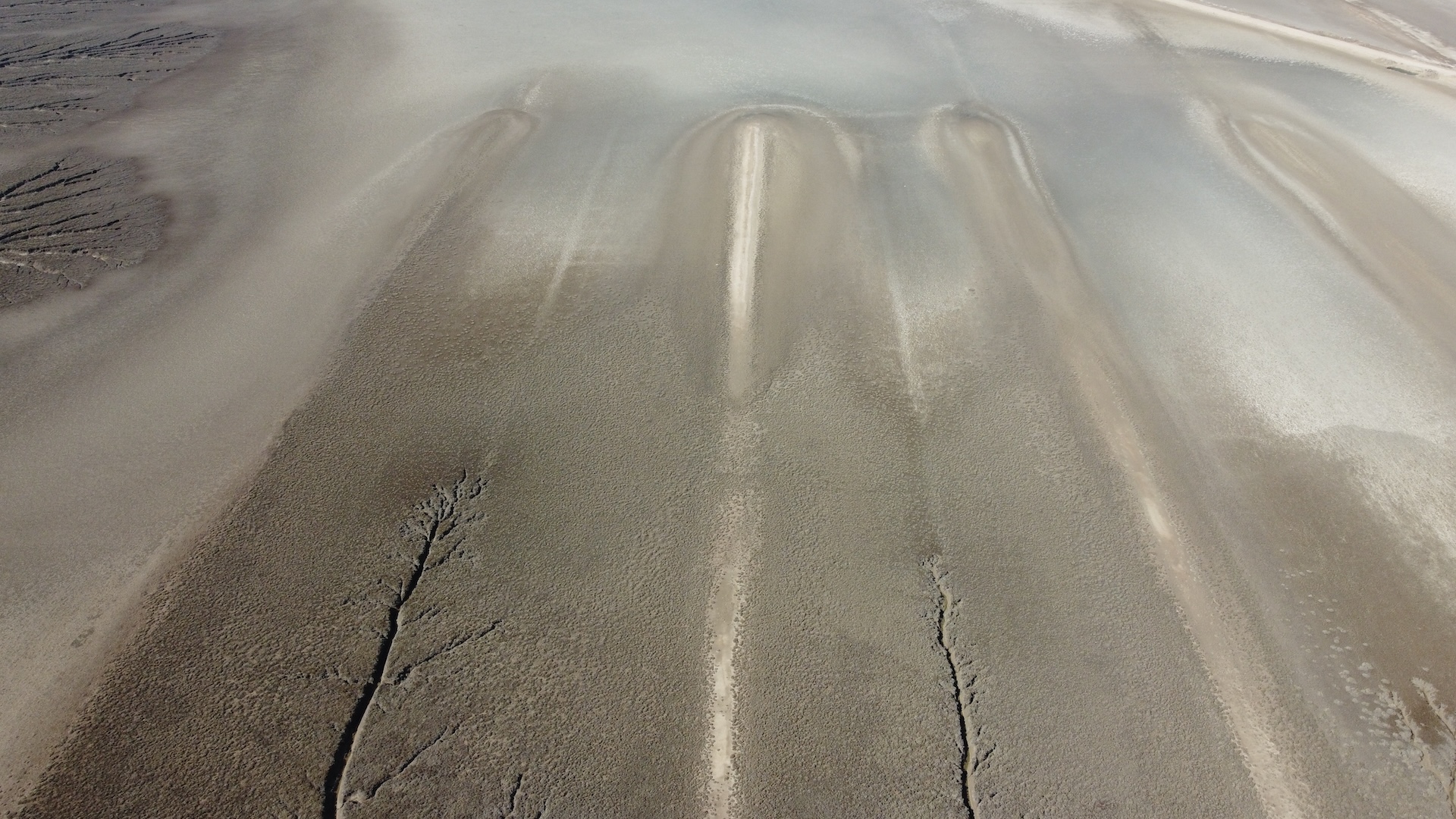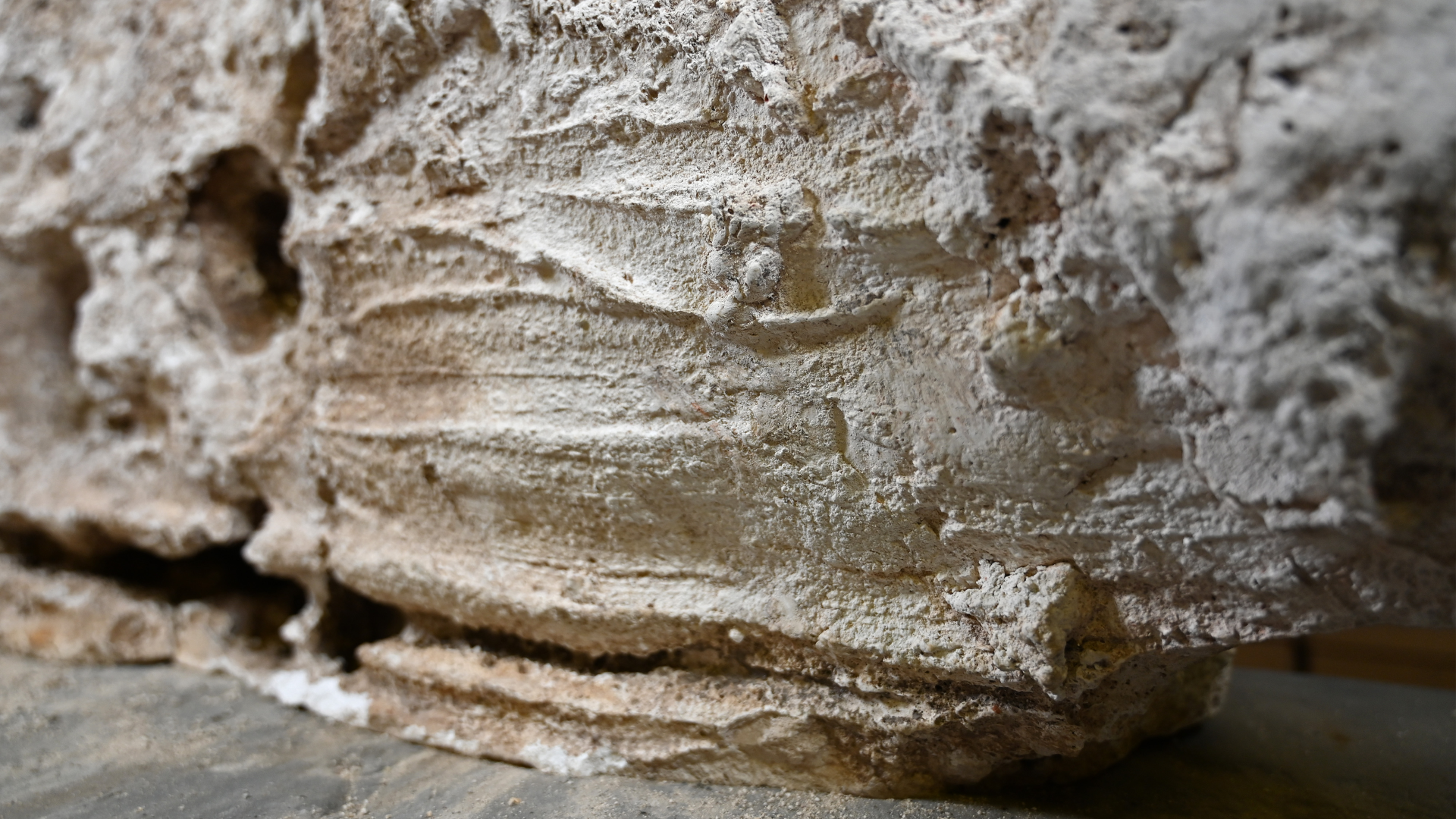Enslaved Africans led a decade-long rebellion 1,200 years ago in Iraq, new evidence suggests
The Zanj, enslaved people largely from Africa, rebelled at the same time they were ordered to build a massive system of canals in what is now Iraq, a new study finds.

Around 1,200 years ago in what is now Iraq, enslaved people who were forced to build a vast canal system defied authority and rebelled, a new study indicates.
Between A.D. 869 to 883 a group known as the Zanj, many of whom were enslaved people taken from Africa, rebelled against the Abbasid Caliphate (ruled from 750 to 1258) and disrupted its control over the region, according to historical texts. The records also suggest that during the Middle Ages, the Zanj helped build a large system of canals spanning nearly 310 square miles (800 square kilometers) that was used to irrigate agriculture near the city of Basra.
These canals are no longer used, but their earthen remains, including 7,000 human-made ridges, are still visible across the landscape. While researchers have long known about the canal system, no one had ever dated the ridges to see if they were constructed during the ninth-century Zanj rebellion.
To investigate, the researchers collected and dated soil samples from within four of the ridges in an effort to learn more about who built them. Using optically stimulated luminescence (OSL) dating, a technique that estimates when soil was last exposed to sunlight, the team determined that the ridges were built sometime between the late ninth to mid-thirteenth centuries A.D., they reported in their study published June 2 in the journal Antiquity.
"The close dating between some of the ridges and the time of the rebellion makes it very likely that people who were involved in the rebellion were involved in the creation of some of these features," study first author Peter J. Brown, an archaeologist at the Radboud Institute for Culture and History in the Netherlands and Durham University in the U.K., told Live Science in an email.
The results also indicate that construction of the ridges continued long after the rebellion ended. "We have a more limited understanding of exactly what happened afterwards and whether large numbers of slaves continued to work across this field system or whether 'free' local peasant farmers took over," Brown said.
The fact that the work on the ridges came to an end during the mid-thirteenth century could be related to the Mongol invasion of the region, which resulted in the sack of Baghdad in 1258, the authors wrote in their paper.
Get the world’s most fascinating discoveries delivered straight to your inbox.
Enslaved life
The ninth-century revolt was not the Zanj's first rebellion. They also revolted in 689 to 690 and 694 to 695, according to historical texts. However, both of these insurrections were quickly suppressed. In contrast, the third revolt ended up "sparking more than a decade of unrest until the Abbasid state regained control of the region," according to the study.
Life as an enslaved person digging canals was brutal, and medieval texts provide some clues as to what life was like for the Zanj.
Before the rebellion, the textual sources describe work camps distributed throughout the canal region, with groups of 50 to 500 enslaved people in each camp, Brown said.

"They seem to have been in a servile situation with 'agents' or 'masters' who were in charge of them, and the historical sources suggest they were treated poorly but we don't have details about the conditions in which they lived," Brown said.
The labor they had to perform was backbreaking.
"The workers who built this system would have had to dig out the canals and pile up earth into the large ridge features we can see on the ground today, " Brown said, noting that the slaves may have used animals such as donkeys to help with transporting sediment.
After the canals were built, they needed to be cleaned frequently "to keep them functional as water carries silt that would be deposited within the canal beds," Brown said. "Over time, [the silt] would lead to them becoming unusable if they were not routinely cleaned."
Adam Ali, an assistant professor of Arabic language at the University of Toronto who has a doctorate in Islamic history, said that the study is interesting but cautioned that the samples come from just four of the ridges and more work is needed to verify the study findings.
"I think that this study opens an avenue for further the discussion and examination of these ridges and what they can tell us," Ali, who was not involved in the research, told Live Science in an email.
The possibility that slaves from Africa kept being used on the canals after the rebellion is important, Kristina Richardson, a professor of Middle Eastern and South Asian languages and cultures and history at the University of Virginia, told Live Science in an email. "The findings are extraordinary and surprising, because they upend the historical consensus that Middle Easterners stopped using East Africans as agricultural slaves after the suppression of the Zanj Rebellion in 883."

Owen Jarus is a regular contributor to Live Science who writes about archaeology and humans' past. He has also written for The Independent (UK), The Canadian Press (CP) and The Associated Press (AP), among others. Owen has a bachelor of arts degree from the University of Toronto and a journalism degree from Ryerson University.
You must confirm your public display name before commenting
Please logout and then login again, you will then be prompted to enter your display name.


